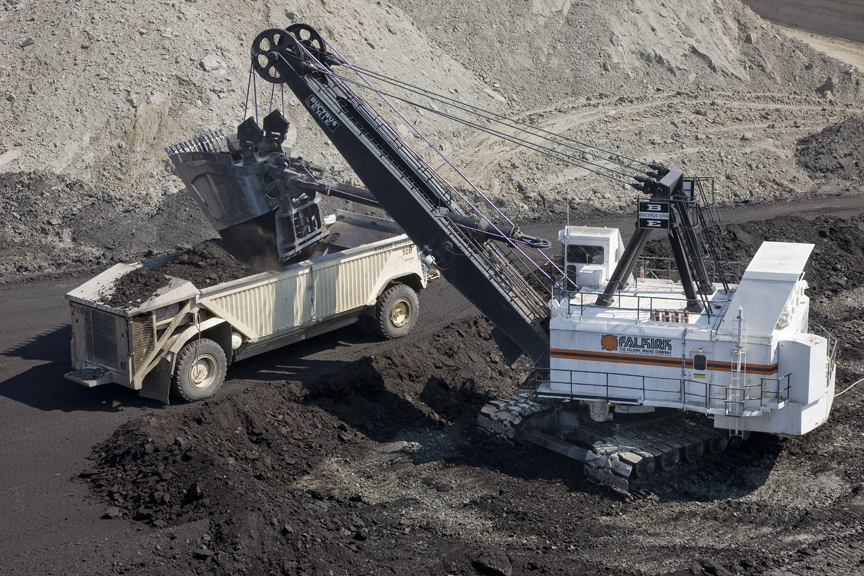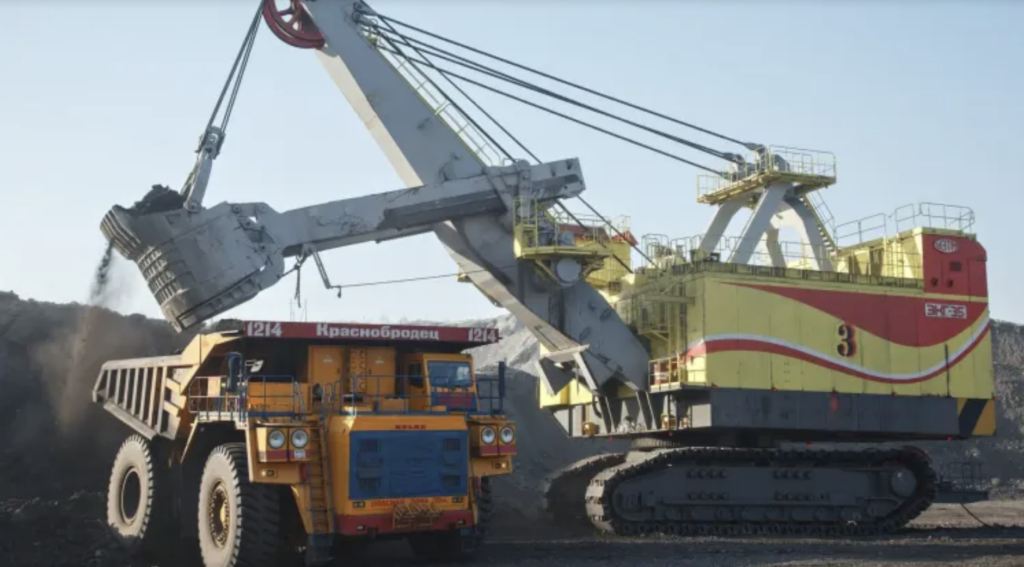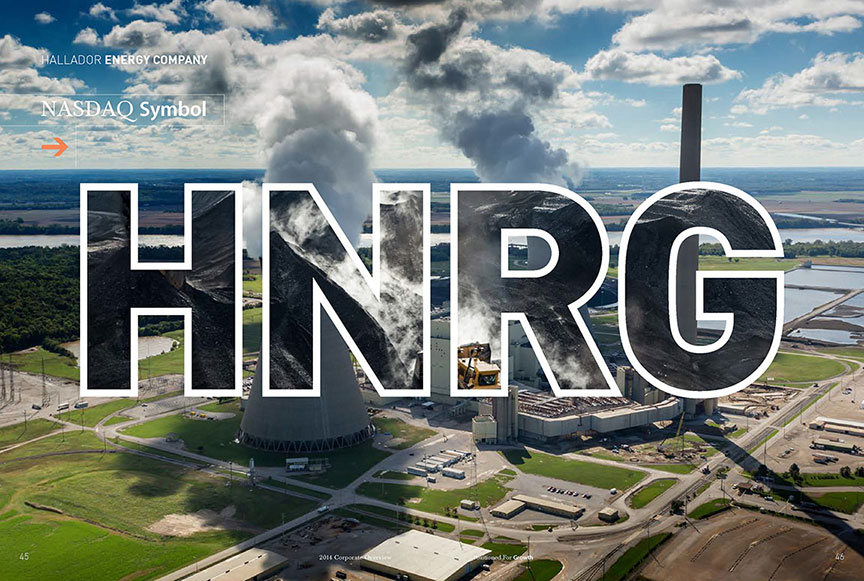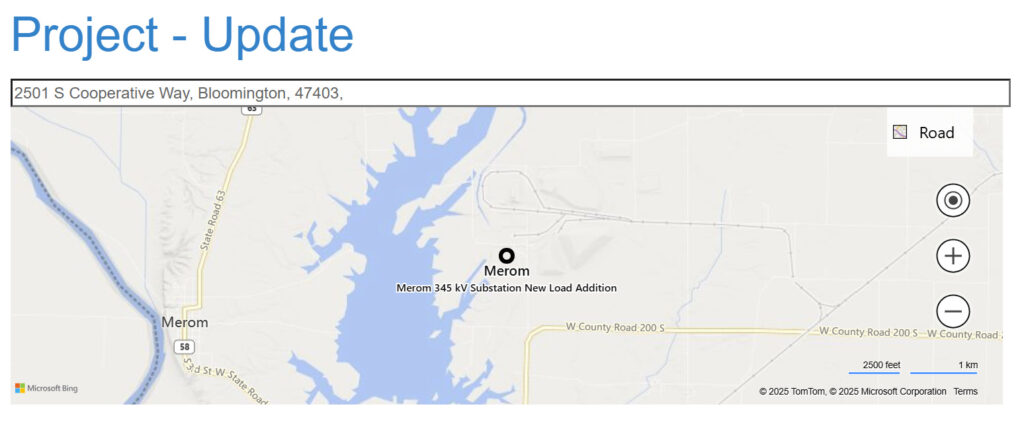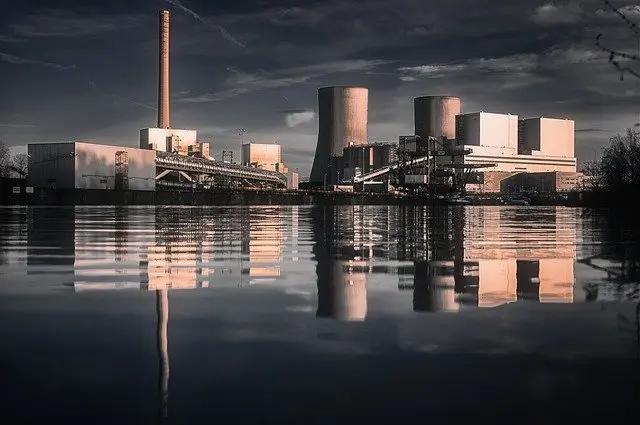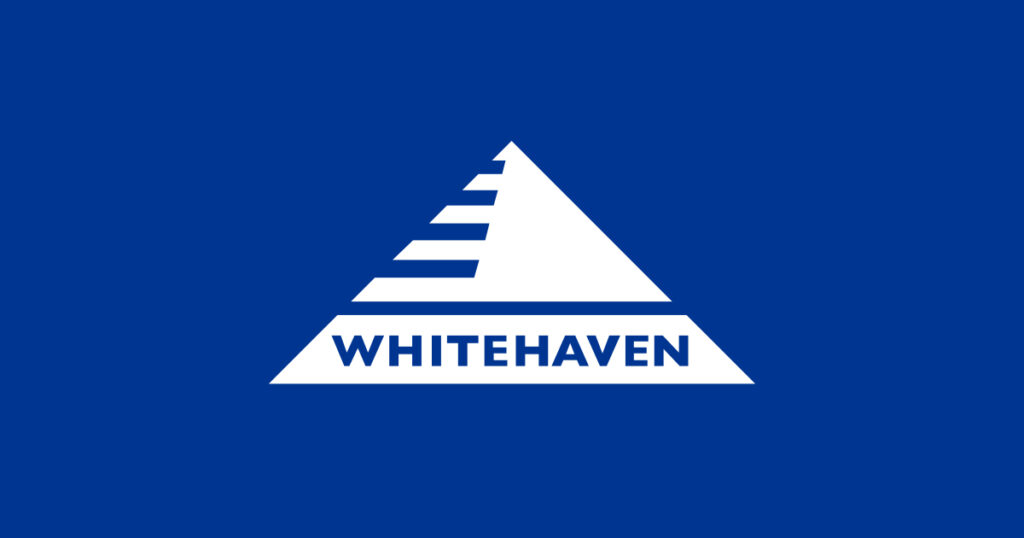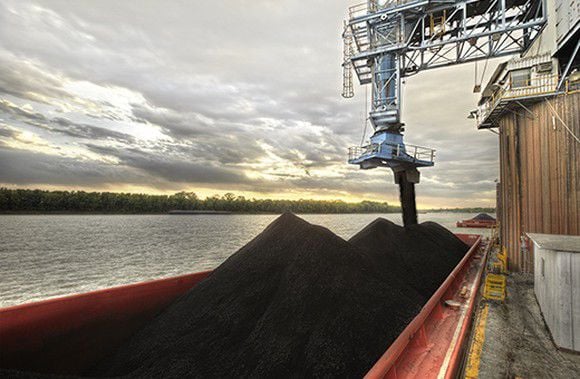The Project Tundra initiative, a demonstration project aimed at capturing 4 million tons of carbon dioxide (CO₂) annually from two lignite-fired units at the Milton R. Young Station in North Dakota, has received a significant boost. The U.S. Department of Energy’s Office of Clean Energy Demonstrations (OCED) has awarded the project $4.1 million as part of a larger $350 million cost-share commitment. This funding marks the first tranche to support the development of carbon capture and storage (CCS) technology at the 705-MW coal power plant near Center, North Dakota.
The Dakota Carbon Center East Project (DCC East), led by Minnkota Power Cooperative, plans to install CCS technology to treat all flue gas from Unit 2 and a portion of Unit 1 at the station. Project Tundra will utilize Mitsubishi Heavy Industries’ KS-21 solvent to capture CO₂ from the plant’s emissions. The captured CO₂ will be compressed and transported to an on-site injection well, where it will be stored over a mile underground in geologic formations ideal for long-term storage.
The process begins with the flue gas being diverted into a scrubber to cool the gas and remove impurities. The gas is then sent to an absorber unit where an amine-based solvent binds with the CO₂. The CO₂ is separated from the gas, and the solvent is regenerated through a heating process that releases pure CO₂. This compressed CO₂ is then safely injected deep underground using Class VI wells, which are regulated by the Environmental Protection Agency (EPA).
Project Tundra stands out as the first U.S. coal plant CCS project to implement on-site geologic storage using Class VI wells, which are designed to permanently sequester CO₂ deep beneath the Earth’s surface. Currently, the EPA has issued only four permits for such wells, although it is reviewing 53 more projects.
Project Tundra has been in development for nearly a decade, with key partners including TC Energy, Mitsubishi Heavy Industries, Kiewit, and the University of North Dakota’s Energy and Environmental Research Center. The project has steadily advanced through critical milestones, including receiving a permit in 2022 for the largest CO₂ storage facility in the U.S. It also secured a $100 million loan from North Dakota’s Clean Sustainable Energy Authority (CSEA).
The newly awarded $4.1 million from the DOE will fund the first phase of the project, which will involve a front-end engineering and design (FEED) study, input into the National Environmental Policy Act review, and obtaining a permit to construct a Class VI well. This phase is expected to last six to nine months and will lay the groundwork for future construction.
The full $350 million in federal funding is contingent upon the project’s continued progress. A final decision on whether to proceed is expected by 2025, with commercial operations targeted for 2029. If successful, the project could become a pivotal example of how lignite coal plants can implement carbon capture technology to significantly reduce their greenhouse gas emissions.
Most of the project’s funding will be supported by the federal 45Q tax credit, which provides $85 per ton of permanently stored CO₂ for 12 years. Project Tundra has already secured $250 million in low-interest financing and is pursuing additional funding opportunities to cover the costs of the large-scale endeavor.
Project Tundra aims to demonstrate that lignite coal plants can operate with reduced carbon emissions through innovative CCS technology, setting the stage for similar projects in the future and helping to decarbonize one of the most challenging sectors of the energy industry.

